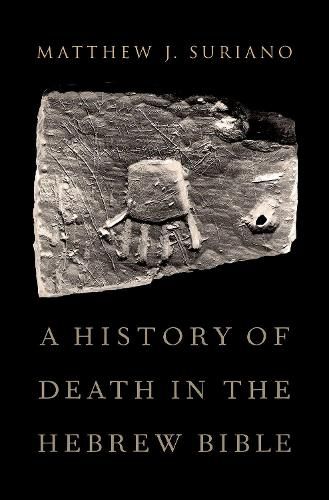Readings Newsletter
Become a Readings Member to make your shopping experience even easier.
Sign in or sign up for free!
You’re not far away from qualifying for FREE standard shipping within Australia
You’ve qualified for FREE standard shipping within Australia
The cart is loading…






Postmortem existence in the Hebrew Bible/Old Testament was rooted in mortuary practices and conceptualized through the embodiment of the dead. But this idea of the afterlife was not hopeless or fatalistic, consigned to the dreariness of the tomb. The dead were cherished and remembered, their bones were cared for, and their names lived on as ancestors. This book examines the concept of the afterlife in the Hebrew Bible by studying the treatment of the dead, as revealed both in biblical literature and in the material remains of the southern Levant. The mortuary culture of Judah during the Iron Age is the starting point for this study. The practice of collective burial inside a Judahite rock-cut bench tomb is compared to biblical traditions of family tombs and joining one’s ancestors in death. This archaeological analysis, which also incorporates funerary inscriptions, will shed important insight into concepts found in biblical literature such as the construction of the soul in death, the nature of corpse impurity, and the idea of Sheol. In Judah and the Hebrew Bible, death was a transition that was managed through the ritual actions of the living. The connections that were forged through such actions, such as ancestor veneration, were socially meaningful for the living and insured a measure of immortality for the dead.
$9.00 standard shipping within Australia
FREE standard shipping within Australia for orders over $100.00
Express & International shipping calculated at checkout
Postmortem existence in the Hebrew Bible/Old Testament was rooted in mortuary practices and conceptualized through the embodiment of the dead. But this idea of the afterlife was not hopeless or fatalistic, consigned to the dreariness of the tomb. The dead were cherished and remembered, their bones were cared for, and their names lived on as ancestors. This book examines the concept of the afterlife in the Hebrew Bible by studying the treatment of the dead, as revealed both in biblical literature and in the material remains of the southern Levant. The mortuary culture of Judah during the Iron Age is the starting point for this study. The practice of collective burial inside a Judahite rock-cut bench tomb is compared to biblical traditions of family tombs and joining one’s ancestors in death. This archaeological analysis, which also incorporates funerary inscriptions, will shed important insight into concepts found in biblical literature such as the construction of the soul in death, the nature of corpse impurity, and the idea of Sheol. In Judah and the Hebrew Bible, death was a transition that was managed through the ritual actions of the living. The connections that were forged through such actions, such as ancestor veneration, were socially meaningful for the living and insured a measure of immortality for the dead.